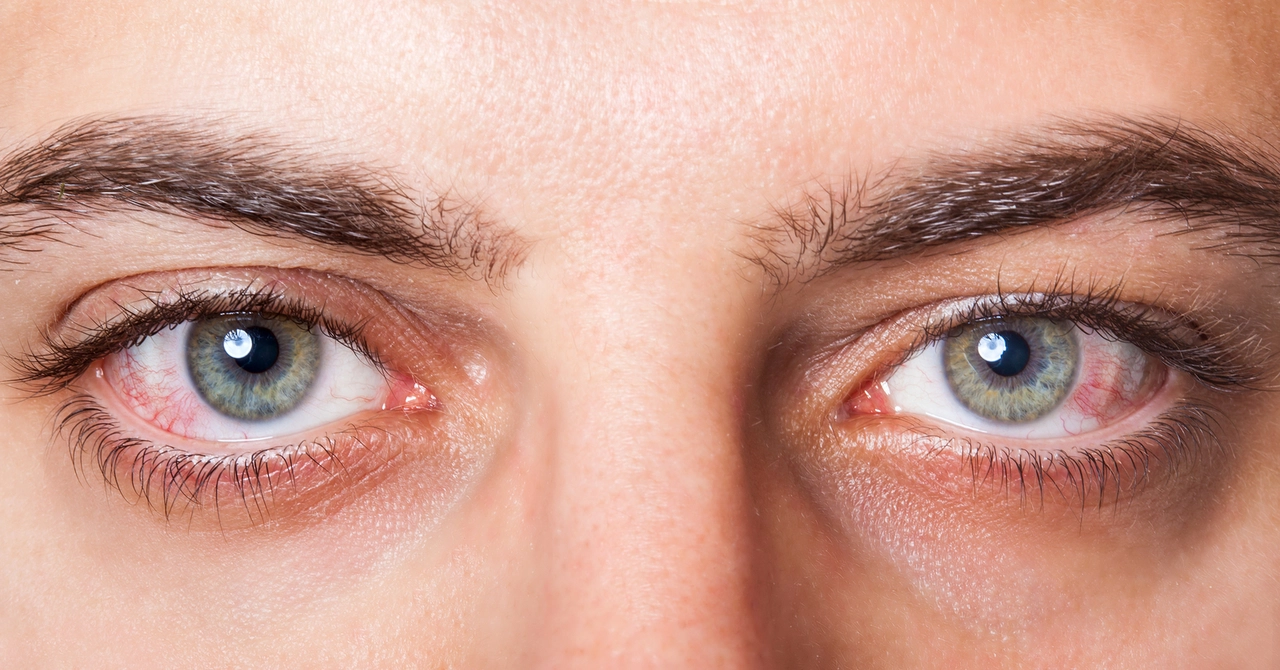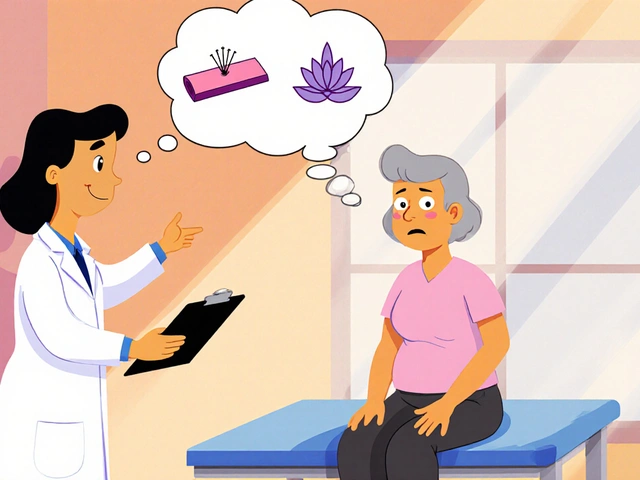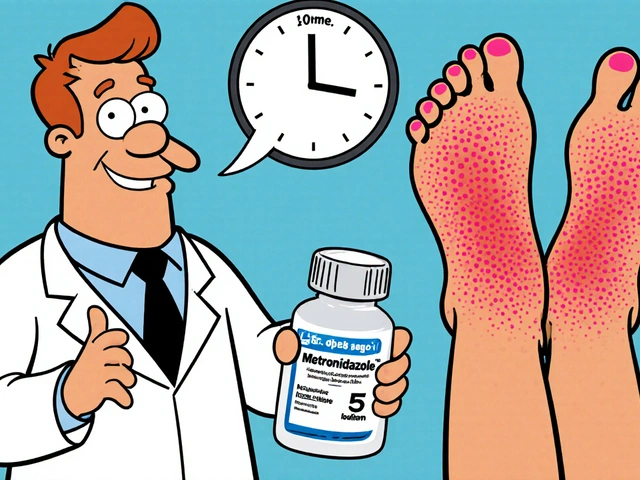Bacterial Conjunctivitis (Pink Eye): Quick, Practical Guide
If your eye is red, sticky, and crusted in the morning, bacterial conjunctivitis might be the cause. This common eye infection often starts in one eye and can spread to the other. It’s usually uncomfortable but rarely dangerous — unless you wear contacts, have diabetes, or notice sudden vision changes.
How to spot bacterial conjunctivitis
Look for thick yellow or green discharge, eyelids stuck together after sleep, redness across the white of the eye, and a gritty or burning feeling. You may get mild pain or sensitivity to light, but sharp pain or blurred vision are red flags that need urgent care. Common bacteria behind it include Staphylococcus, Streptococcus, Haemophilus, and in contact lens wearers, Pseudomonas.
Doctors usually diagnose this by looking at your eye. If it’s severe, recurring, or linked to contact lens use, they might swab the discharge to find the exact germ.
Treatment and prevention
Most cases improve fast with antibiotic eye drops or ointment. Typical options are polymyxin-trimethoprim drops, erythromycin ointment, or fluoroquinolone drops for contact lens wearers because of the risk of Pseudomonas. You should see improvement within 24–48 hours after starting treatment, but finish the full course your clinician recommends—often 5–7 days.
If you wear contacts, stop using them until your doctor says it’s safe. Soft lenses and their cases can harbor bacteria; replace them after recovery. Never sleep in contacts if you have any eye irritation.
Home care helps too: use warm compresses to loosen crusts, gently wipe discharge with a clean tissue, and wash hands often. Don’t share towels, pillows, or eye makeup while you’re infectious. People are usually contagious until 24–48 hours after starting antibiotics or as long as heavy discharge continues.
Avoid steroid eye drops unless prescribed by an eye doctor. Steroids can hide infection or make certain bacterial infections worse.
When to get urgent help: sudden vision loss, intense eye pain, a severe headache with eye symptoms, high fever, or a newborn with red eyes. Also seek care quickly if you’re immunocompromised or diabetes is poorly controlled.
Quick checklist: 1) Stop contacts; 2) See a clinician for antibiotic drops if discharge is thick or symptoms don’t improve in a day; 3) Practice strict hand hygiene; 4) Replace contaminated makeup and lens cases; 5) Return to work or school only when your clinician clears you.
Bacterial conjunctivitis is common and treatable. With prompt care, simple hygiene, and the right meds, most people recover in days rather than weeks.




